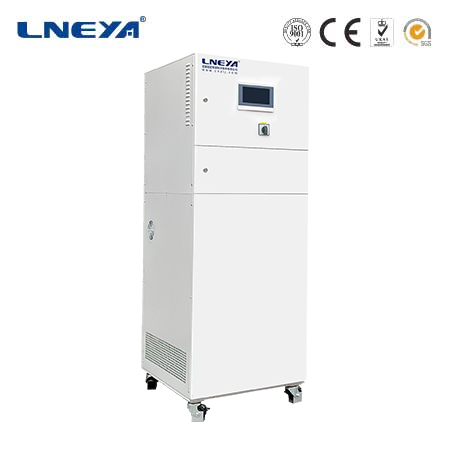thermal liquid heating system
Introduction to Thermal Liquid Heating Systems
Thermal liquid heating systems, also known as hot oil or heat transfer fluid systems, are engineered to transfer heat generated from a central heat source to various processes within an industrial setting. These systems are particularly useful in applications where precise temperature control is required over an extended period. The article provides an overview of the components, operation, advantages, and applications of thermal liquid heating systems, highlighting their significance in industrial process heating.

Components of a Thermal Liquid Heating System
The main components of a thermal liquid heating system include:
Heat Transfer Fluid: A specialized fluid that circulates through the system, transferring heat from the heat source to the process.
Heat Source: This can be a boiler, furnace, or any other device capable of generating the necessary heat.
Pumps: They are responsible for circulating the heat transfer fluid at a controlled rate.
Heat Exchangers: These units facilitate the transfer of heat from the fluid to the process or equipment.
Storage Tanks: They store the heat transfer fluid and provide a reservoir for the system.
Control Systems: These systems monitor and regulate the temperature and pressure within the system to ensure optimal performance.

Working Principles
The operation of a thermal liquid heating system involves the following steps:
The heat transfer fluid is heated by the heat source.
The heated fluid is circulated through the system by pumps.
The fluid transfers heat to the process or equipment via heat exchangers.
The cooled fluid returns to the heat source to be reheated, and the cycle continues.
Benefits of Thermal Liquid Heating Systems
These systems offer several benefits, such as:
Precise Temperature Control: They allow for accurate regulation of process temperatures, which is essential for maintaining product quality and consistency.
Energy Efficiency: The closed-loop design of these systems reduces heat loss, improving energy efficiency.
Safety: The use of a heat transfer fluid minimizes the risk of烫伤 and fire hazards compared to direct heating methods.
Versatility: These systems can be adapted to a wide range of applications and can handle various types of heat transfer fluids to suit specific process requirements.

Longevity: Properly maintained, thermal liquid heating systems can have a long service life, reducing the need for frequent replacements or repairs.
Applications of Thermal Liquid Heating Systems
Thermal liquid heating systems are used in various industries for applications such as:
Chemical Processing: For precise temperature control in chemical reactions and processes.
Food and Beverage: For pasteurization, sterilization, and other temperature-sensitive processes.
Pharmaceutical: For controlled heating in the manufacturing of drugs and medical products.
Textile Industry: For drying and heat setting processes.
Pulp and Paper: For drying processes in paper production.
Conclusion
Thermal liquid heating systems are crucial for achieving precise temperature control and energy efficiency in industrial processes. Their versatility and adaptability make them suitable for a wide range of applications, from chemical processing to food and beverage production. As industries continue to evolve, the role of these systems in ensuring process reliability and safety remains critical.
Note: This article is intended for informational purposes only and does not endorse or promote any specific products or services. It is designed to provide a comprehensive understanding of thermal liquid heating systems and their importance in various industrial applications.
Related recommendations
thermal oil heaters
265Introduction In the industrial sector, the need for efficient and reliable heat - transfer solutions is paramount. Thermal oil heaters have emerged as a crucial technology, providing a means to...
View detailschiller kw
367Chiller kw In the world of refrigeration, the term "chiller kw" is of great importance. Kilowatts (kw) are a unit of measurement used to express both the power consumption of a chiller and its ...
View detailsoil cooler chiller
672Oil Cooler Chillers: A Detailed Analysis Definition of Oil Cooler Chillers:Oil cooler chillers, also known as oil chillers, are cooling systems used to remove heat from industrial processes or ...
View detailschiller range
464Understanding the Chiller Range The chiller range encompasses a variety of cooling systems that are crucial for temperature control in numerous industrial applications. Chillers, also known as ...
View details
 LNEYA Thermal Test Chillers
LNEYA Thermal Test Chillers





HelloPlease log in